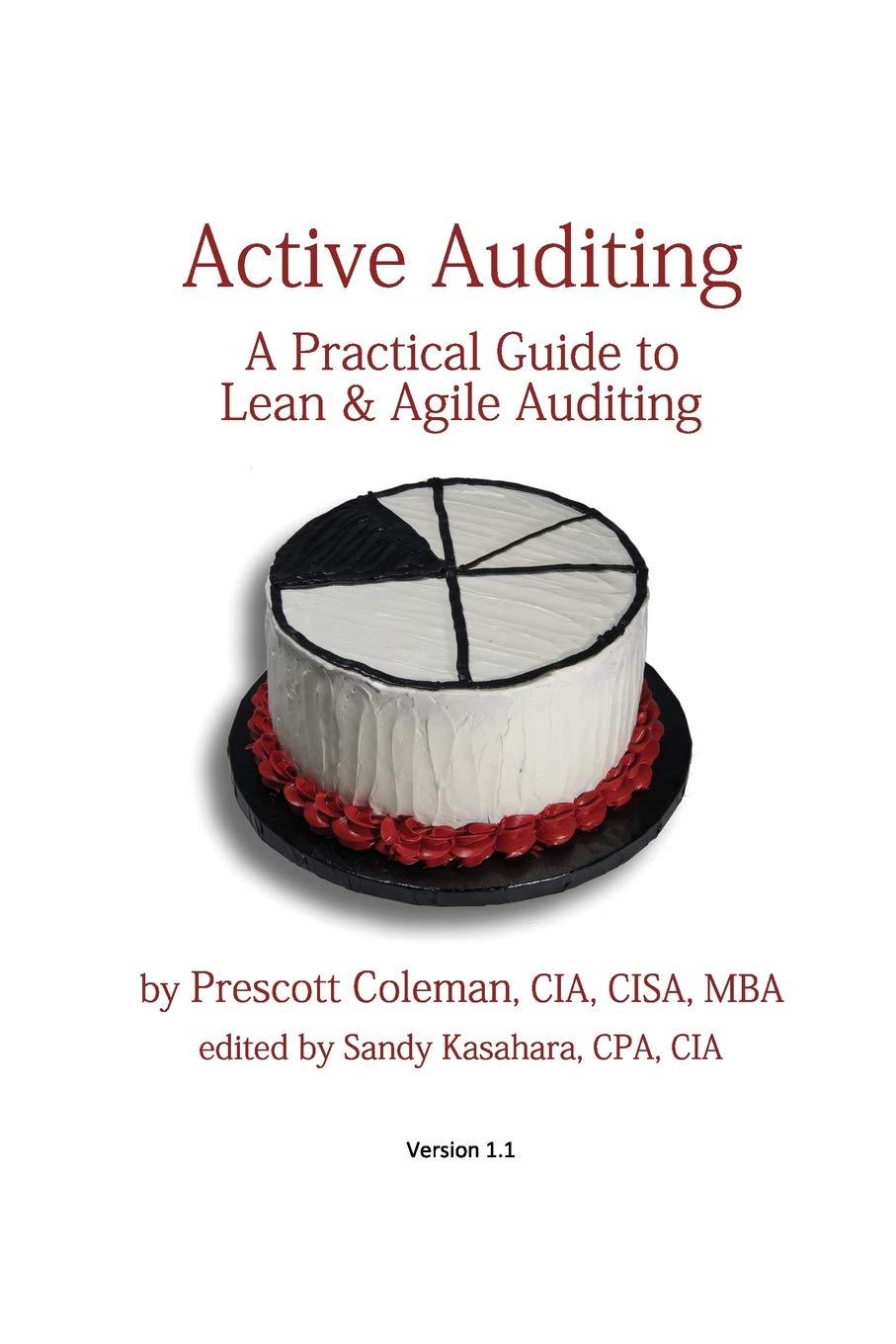Answered step by step
Verified Expert Solution
Question
1 Approved Answer
1.what mistakes were made by the nurses in this case? Critical-Thinking Exercises Consider the following case: Thomas Corso (MD 1982). The client was brought to
1.what mistakes were made by the nurses in this case? 

Critical-Thinking Exercises Consider the following case: Thomas Corso (MD 1982). The client was brought to the hospital emergency department (ED) after being involved in an automobile accident. The ED nurse assessed and recorded the client's vital signs and a complaint of numbness in his right anterior thigh. The client was able to move the right leg, and there was no discoloration or deformity. After he was given meperidine (Demerol) for his pain, his blood pressure (BP) dropped to 90/60 mm Hg, and the nurse notified the ED physician of the change. The physician ordered the nurse to arrange for admission to the hospital, which she did. The client was transferred to a medical-surgical unit, but he could not be placed in a room because of an influenza epidemic. He was placed in the hall next to the nurses station for close observation. A nurse checked the client's vital signs about 20 minutes after the transfer and noted that the BP was now 70/50, respiratory rate 40 and pulse 120. His skin was cool and diaphoretic, his breathing was deep and rapid, and he was asking for a drink of water. The client also complained of pain in his leg, but the nurse did not give him more pain medication because of his blood pressure The nurse assessed him about 30 minutes later and found his skin warmer, although he still complained of pain and thirst. The nurse also noted a strong odor of alcohol on the client's breath. An assistant supervisor also assessed the client's condition but refused to give him any water because he had obviously been drinking alcohol. She had been told about the low blood pressure by the client's nurse but attributed it to the alcohol and pain medication combination. The nurse checked his vital signs again and found a BP of 100/89. Thirty minutes later, it wa 94/70 nee 100 and resirations ? When the more next assessed the client an hour later he had a Chevne-Stokes resnicatorv Waici cause de HU DUVIOUS Uccu Mug DICOLOL Sunu veel con autu IOW VID piesu wy C CHIC USC OULU to the alcohol and pain medication combination. The nurse checked his vital signs again and found a BP of 100/89. Thirty minutes later, it was 94/70, pulse 100, and respirations 28. When the nurse next assessed the client an hour later, he had a Cheyne-Stokes respiratory pattem, no pulse, and no blood pressure. She started CPR and called a code blue, but after a lengthy attempt at resuscitation, the client died. An autopsy was performed and showed that the client had a lacerated liver and a severe fracture of the femur with bleeding into the tissues. The coroner determined that traumatic shock, secondary to the fractured femur and lacerated liver, was the cause of death. His family sued the nurses for poor judgment and the hospital for malpractice and won. 1. What mistakes were made by the nurses in this case? 10 

Step by Step Solution
There are 3 Steps involved in it
Step: 1

Get Instant Access to Expert-Tailored Solutions
See step-by-step solutions with expert insights and AI powered tools for academic success
Step: 2

Step: 3

Ace Your Homework with AI
Get the answers you need in no time with our AI-driven, step-by-step assistance
Get Started


